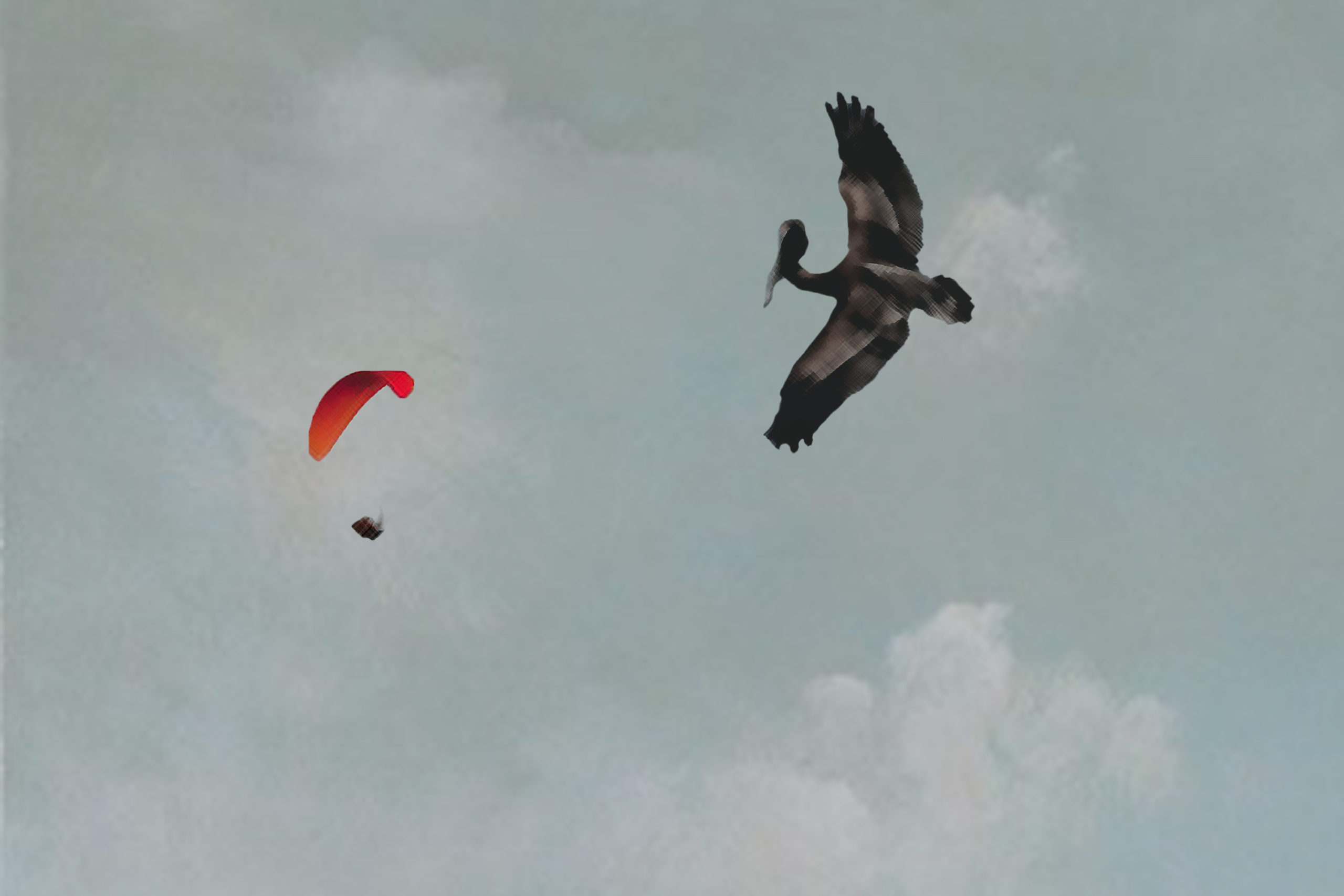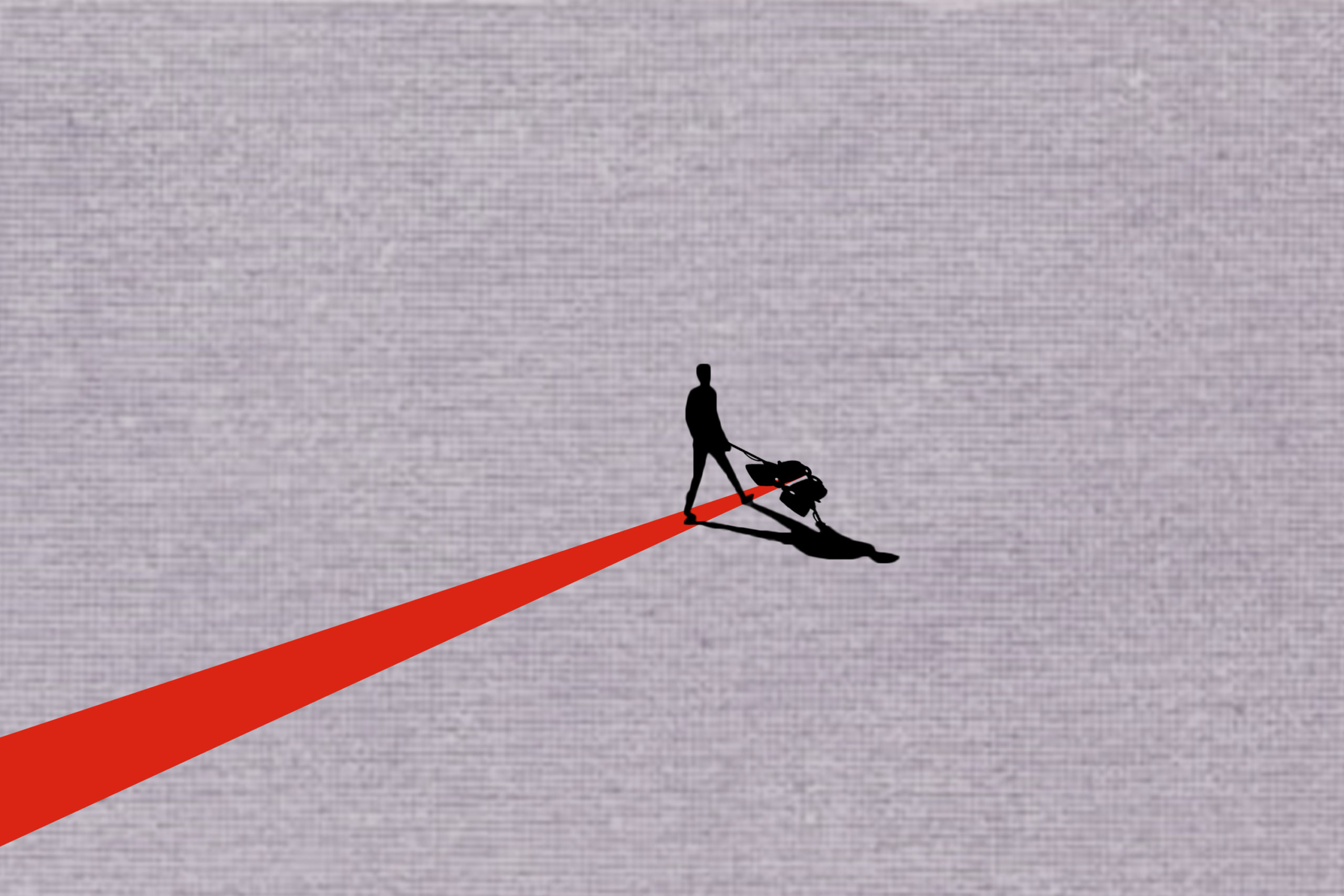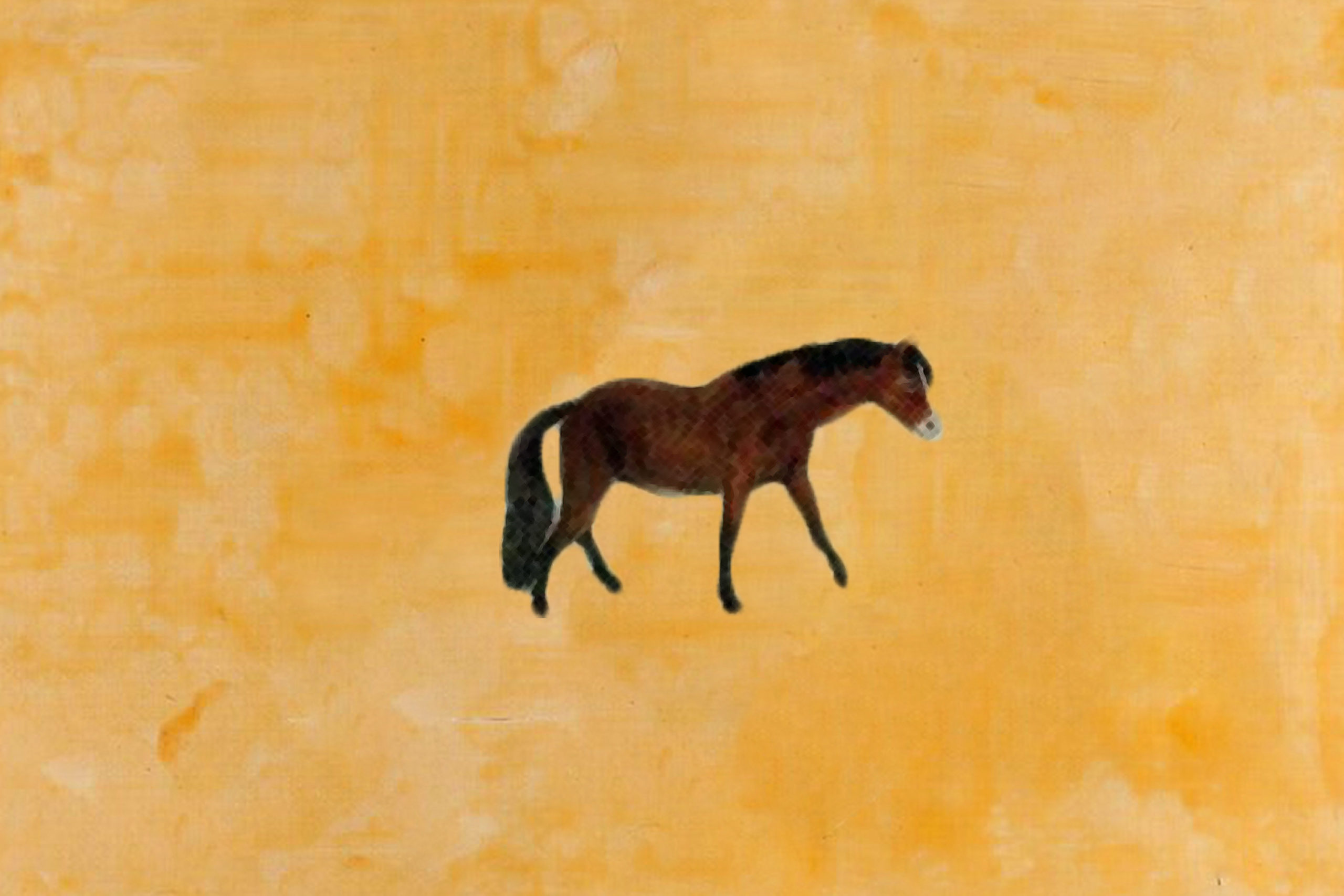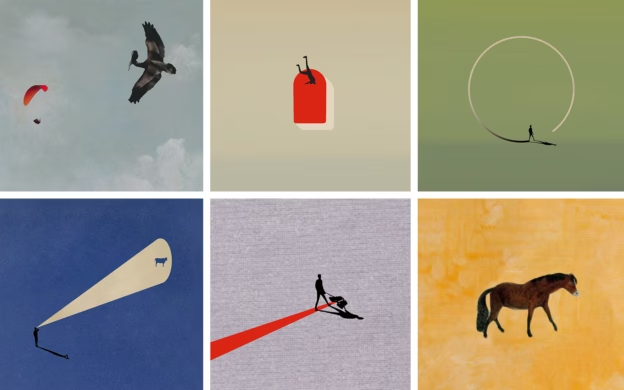Danish expressions, or Danish idioms, are an important part of understanding the Danish language. Grammar and vocabulary are important of course, but to be truly fluent in a language, knowing the turns-of-phrase that get used regularly is a key element of modern conversation.
Danish idioms, like idioms in many languages, don’t really make sense when translated directly. So we’re sharing six of our favorite and frequently-used Danish expressions, what they mean in direct translation, and what they actually mean.
Many Danish expressions have animals in them, harkening back to more pastoral days. They’re all also quite old-fashioned; these definitely aren’t the expressions to use when you want to sound like a young, hip Dane. But then again, what idioms are young and hip? Learning the idiomatic aspects of a language is really a way to look into the language and culture’s history.
These funny Danish expressions are simple ones that typically have an equivalent in English, although the phrasing or tone may be slightly different.
Here are six Danish expressions you need to know, with illustrations by Freya McOmish:
 Det blæser en halv pelican
Det blæser en halv pelican
Danish expression |
|
English translation |
|
What it actually means |
|

 Har håret/skægget i postkassen
Har håret/skægget i postkassen
Danish expression |
|
English translation |
|
What it actually means |
|

 At gå som katten om den varme grød
At gå som katten om den varme grød
Danish expression |
|
English translation |
|
What it actually means |
|

 Det er ingen ko på isen
Det er ingen ko på isen
Danish expression |
|
English translation |
|
What it actually means |
|

 Så er den ged barberet
Så er den ged barberet
Danish expression |
|
English translation |
|
What it actually means |
|

 Klap lige hesten
Klap lige hesten
Danish expression |
|
English translation |
|
What it actually means |
|

Want more ways to learn Danish, even if you’re busy? Find out how! If you’re not sure how to get over your “language perfectionism,” we have some tips.
Illustrations by Freya McOmish.

